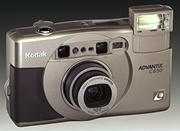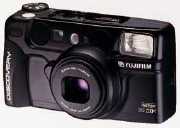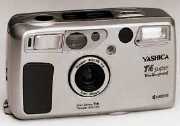Sign up for the Family Tree Newsletter Plus, you’ll receive our 10 Essential Genealogy Research Forms PDF as a special thank you!
Get Your Free Genealogy Forms
"*" indicates required fields
Sorting through the features available on point-and-shoot cameras makes your mind reel. There’s auto-focus, date-imprinting, red-eye reduction, APS (advanced photo system) and lots more. Whether you spend $40 or $1,000 on a point-and-shoot, though, pay attention to these basics:
- Lens: A deluxe lens won’t make you Ansel Adams, but you should always choose a camera with good lens optics. Among the names to look for: Nikon, Yashica, Zeiss, Contax.
- Built-in flash: Nearly all point-and-shoot cameras have built-in flashes, but you also should check to see that the camera includes a fill-in flash option. Many people also like the red-eye reduction feature.
- Size: Just because you can buy an auto-focus camera that fits in the palm of your hand doesn’t mean you need one that teensy. (The smaller the size, the bigger the price tag, anyway.) Do make sure that you’re comfortable with the size, weight and feel of a camera before you buy it.
Five popular point-and-shoot cameras
This list is by no means comprehensive, but it includes a range of suggested prices:
Canon Sure Shot Owl, $110
Kodak Advantix, $159
Fuji Discovery, $249.95
Yashica T4 Super, $399.95
Olympus Stylus Zoom 115, $454
The APS option
Despite the support of such big photo names as Kodak, the thunder of APS (Advanced Photo System) cameras seems to have been stolen by the digital-camera revolution. Small, lightweight and fairly expensive, APS cameras use 24-mm film cartridges instead of standard 35-mm film. It’s impossible to load the film incorrectly, plus you never touch negatives. Warning: Check to see whether your favorite “one-hour” photo developer does APS processing.
Choose the right film
The three most standard film speeds are 100, 200 and 400 ASA. (The ASA rating of the film refers to its light sensitivity.) Here’s the short version: 100 works best outdoors; 200 is indoor-outdoor; 400 is for indoors.
ADVERTISEMENT






